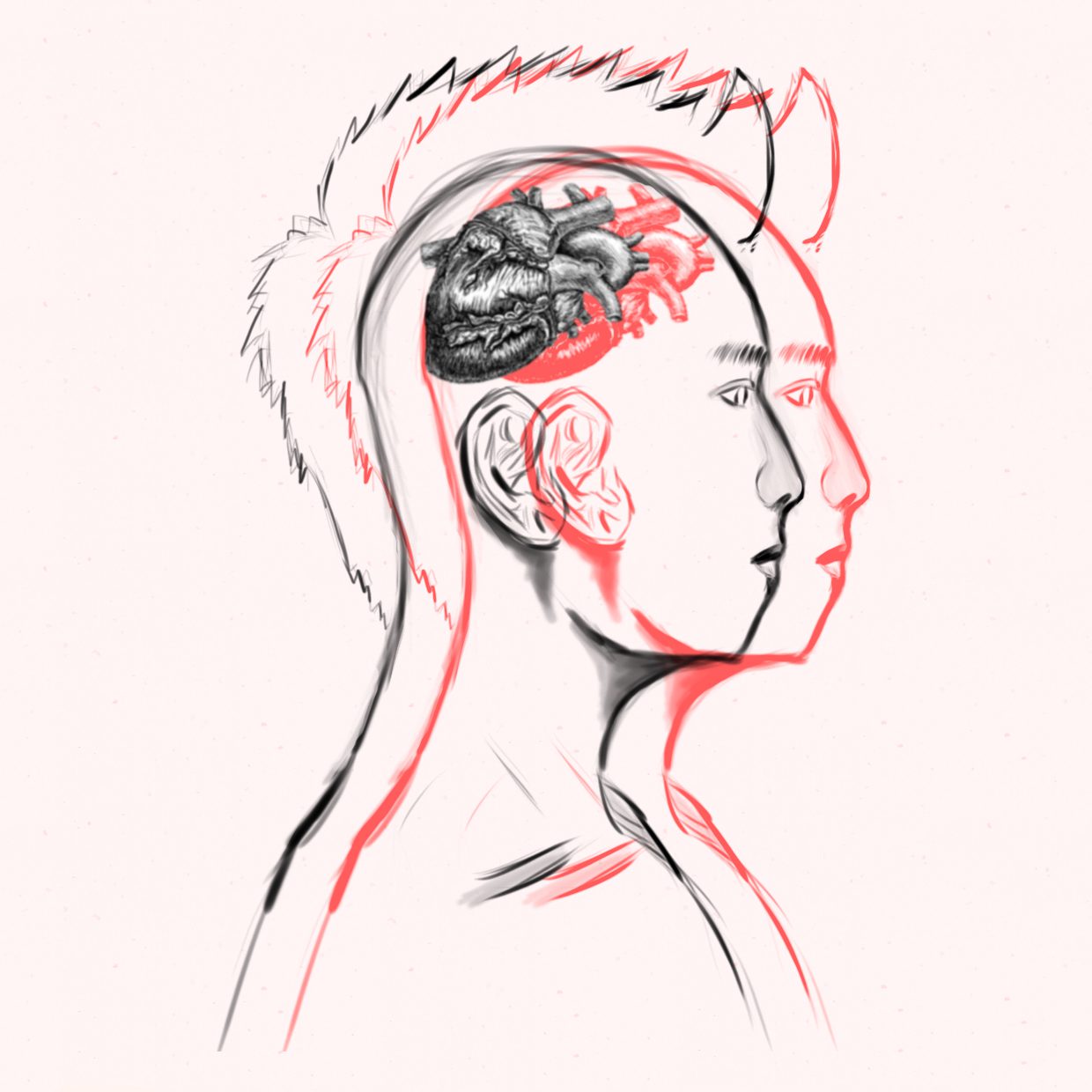
Proper Formatting Available at: https://jxke.co/4th-Dimension-1-1
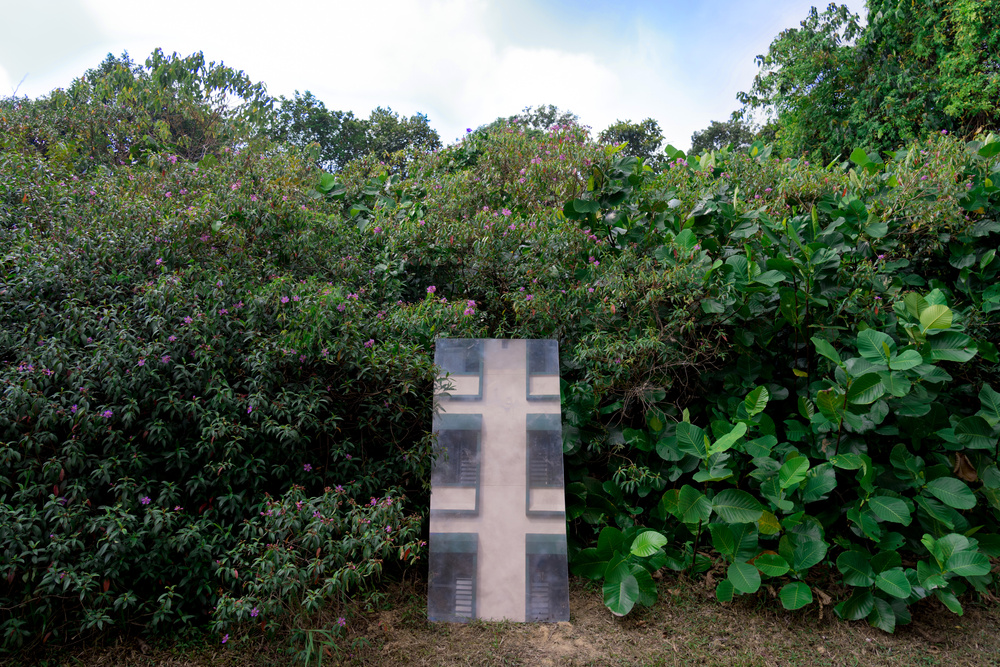
4th DIMENSION
(1st Edition)
Clarita Saslim, Jake Tan
Nanyang Technological University
March 2019, Singapore
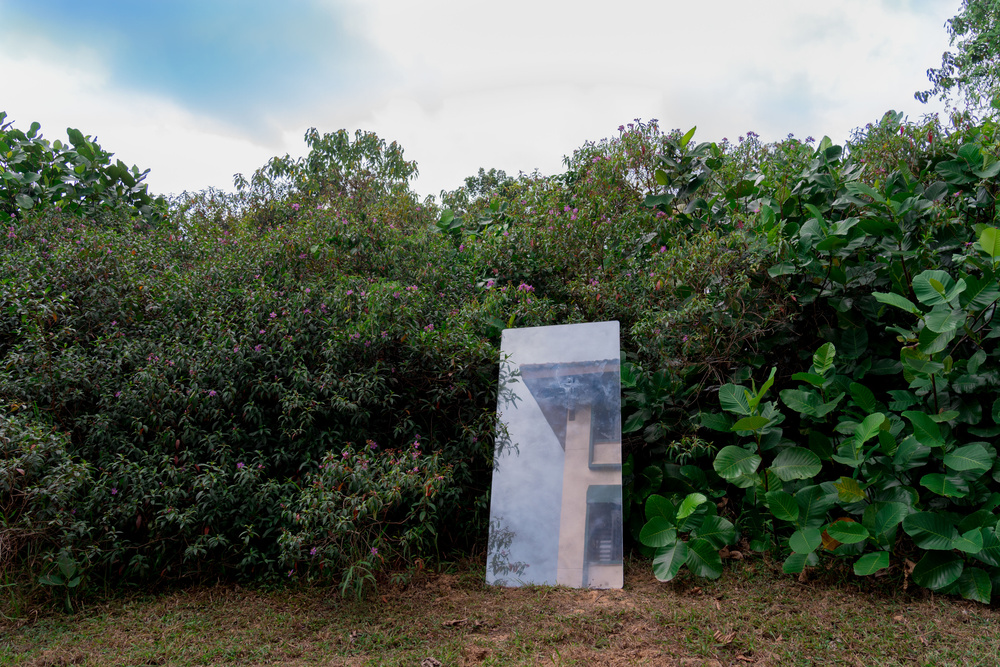
The 4th dimension is an analogue site specific sculpture tackling the themes of
/ our university’s space before, now and after
/ time-space compression through our altercations of a familiar space and perception of time
/ human interference with nature
The fourth dimension is usually associated with time but we found it interesting how the first three dimensions are usually used in a spatial context, through a singular point, line or plane.
The mirror, a medium to another reality, is how we are modifying a space and dimensions. The mirror exists on our three dimensional reality, perceived as a two dimensional plane reflecting what is infront of it infinitely based on different angles users perceive it from.
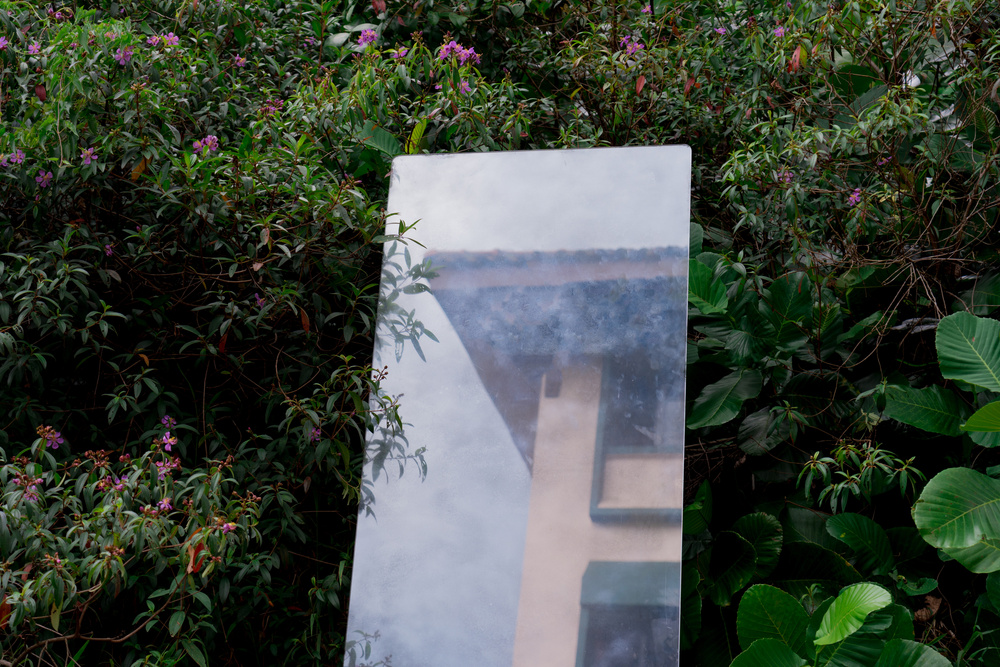
Nanyang Technological University, founded in 1955, is built on 200-hectare of land and is the largest university in Singapore with 26 in-campus residence halls and 8 different schools. From it’s inception in the 50s, the heart of Nanyang University(1955-1980) is the Yunnan Garden, a chinese themed heritage park that has been preserved to reflect the identity of the Nanyang people who arrived in Singapore as early settlers and traders.
With such expansion plans, the rural forested areas of Jurong West started to flurish to become the biggest campus in Singapore. This also meant that the once lush forests of Jurong West are now slowly culled to make way for high rise residencies for the 34,000 students and sustainable architectonics.
Part of our exploration into the 4th dimension is how we are situated literally in the remainings of a once dense forest, yet we are oblivious. Everywhere you turn within the campus, you’d be greeted with pockets of forestation that will perhaps turn into the next research center.
We want to probe and question what it is that we are culling away for the sake of the future. A mirror, a medium that presents and alters space and time through its own perspective.
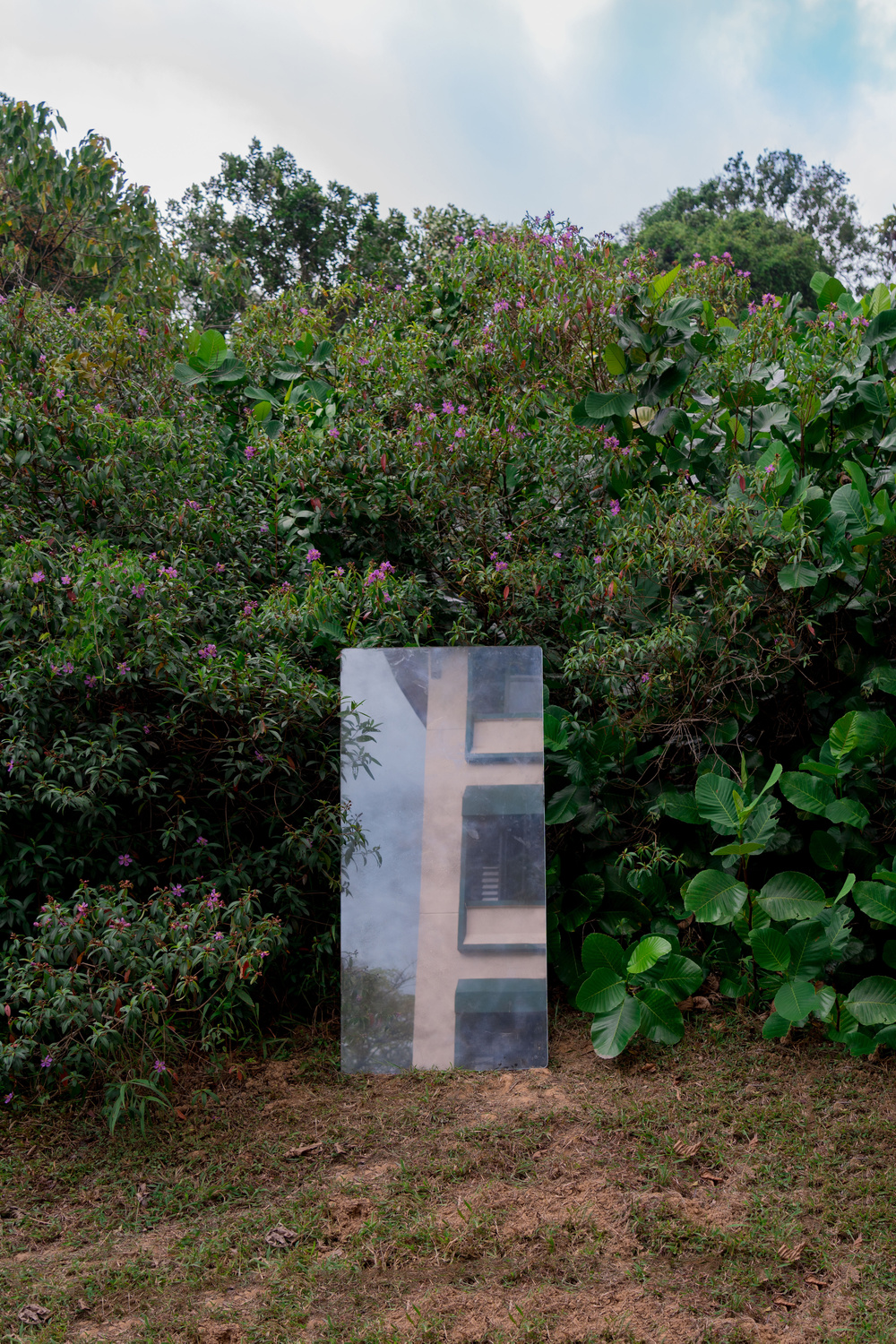
PROCESS
We decided to create a mirror instead of procuring it, first of all due to affordability, and second, doing so gave our sculpture a human touch. By getting ourselves involved in the creation of the mirror, it is not only a representation of humans building on nature, but at the same time the process personifies our reflection process. Furthermore, installing the mirror on the site, we are altering the present natural landscape in real time.
While scouting for our location, we came across a dumpster where we found a decently-sized panel of glass by good fortune.
After peeling off the frosted glass sticker, we cleaned and sprayed multiple coats of mirror spray paint on the panel. When it has sufficiently dried off, we used acetone and afterwards, a mixture of vinegar and baking powder to melt and clean away the extensive adhesive marks from the sticker sheets.
Lastly we transported our glass panel to our site, propped it up accordingly and secured it. We nestled it against the foliage as close as possible, almost as if the mirror was now part of that particular section of the forest.
Through the process of art making as a form of labour, we were able to understand the technical and conceptual aspect of our work even further. From the research of material testing to understanding how the art can be outstanding yet not a disturbance to nature and urban life, we were able to discover another side of our project through these analogous methodologies.
2nd Edition/Installment
In the next part of our exploration, we will be employing digital media and technology to help us amplify the scale of the installation and expand on the idea of future human interference in our natural environment.

Weighing in feasibility and budget, we will be experimenting on using other materials and methods to generate the 2nd edition of the 4th Dimension. To create a spectacle in order to capture residents’ attention, we are aiming to scale up size-wise as much as possible. Therefore, instead of obtaining an actual mirror, which isn’t affordable and has low transportability, we are looking to explore screens and projection. We are also looking to explore different ways to add on to and/or manipulate the image to further communicate our message.
Tools Used:
Glass Panel
Krylon Looking Glass Spray Paint
Rustoleum Speciality Metallic Spray Paint
Vinegar, Baking Soda
